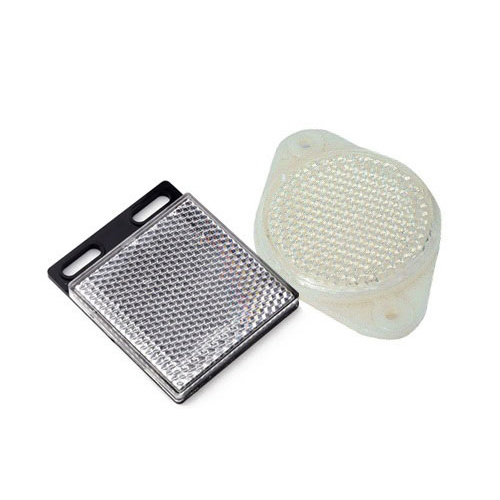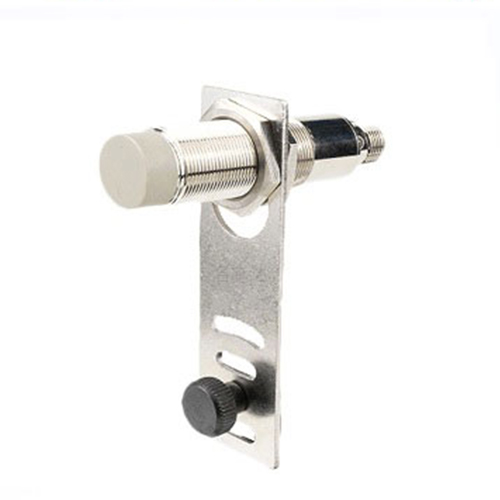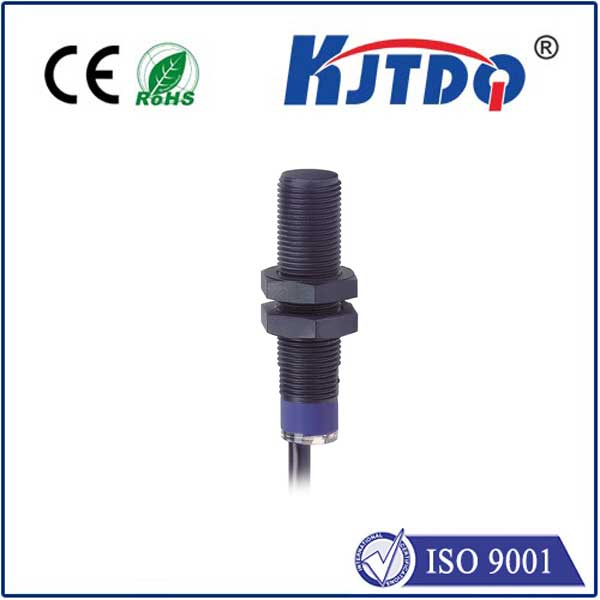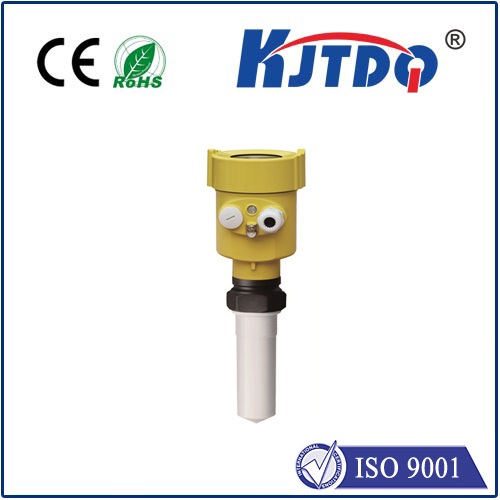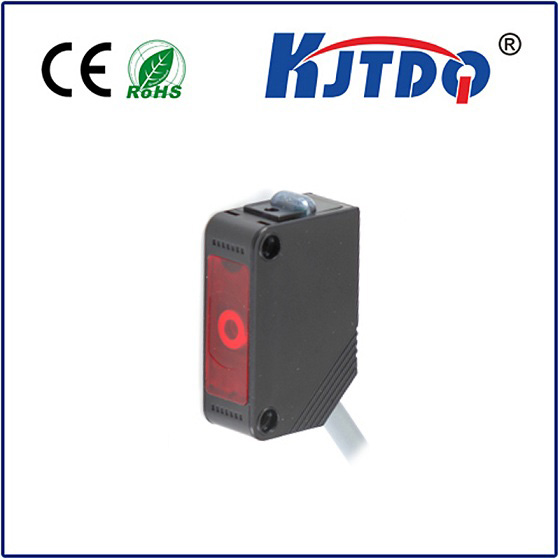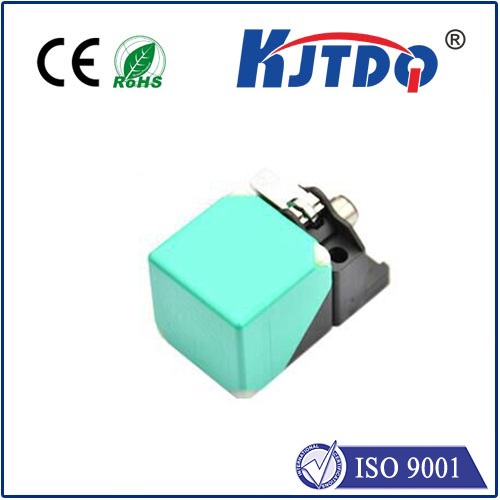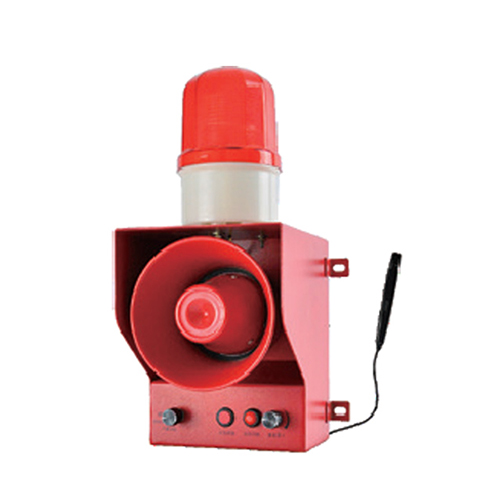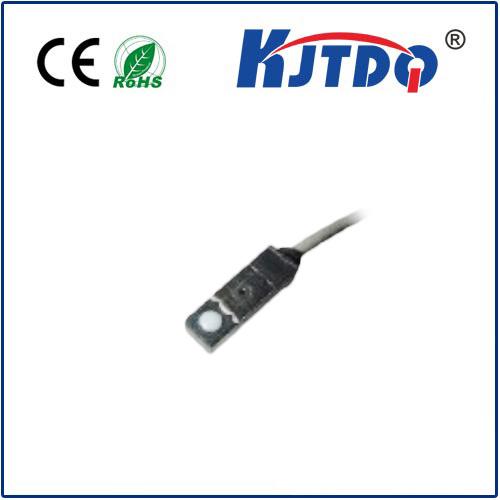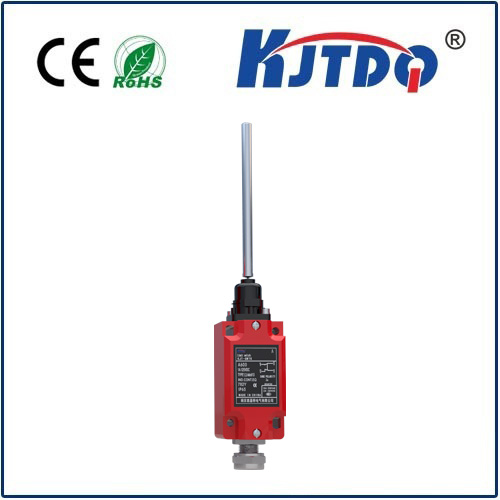tire temperature sensor
- time:2025-08-23 00:43:41
- Click:0
The Invisible Guardian: How Tire Temperature Sensors Revolutionize Safety and Performance
Introduction: The Scorching Lap That Changed Everything
Imagine the final lap. The roar of the engine, the blur of the pit wall, the intense focus. Everything hinges on the next few corners. Suddenly, a subtle shift – a slight vibration, a whisper of instability. In milliseconds, the unthinkable happens: a high-speed blowout. This scenario, tragically common in racing’s early days, underscores a fundamental truth: tire temperature is not just data; it’s the critical boundary between peak performance and catastrophic failure. While drivers could feel the limits, accurately measuring the intense heat building within the tire carcass was elusive… until the advent of tire temperature sensors. These unassuming electronic sentinels have since become indispensable guardians, transforming safety and unlocking performance potential far beyond the racetrack, right onto our everyday roads.
Why Tire Heat Matters: The Hidden Dynamics
Tires are far more than simple rubber donuts. They are complex engineering marvels constantly interacting with the road surface. This interaction generates friction, and friction generates heat. While some heat is necessary for optimal tire compound performance (improving grip), excessive heat is a tire’s silent enemy.

- Structural Integrity: Prolonged or extreme heat accelerates rubber degradation and weakens the internal structure (cords and belts), significantly increasing the risk of tire blowouts, delamination, and rapid tread wear.
- Pressure Fluctuations: Air expands when heated. Rising tire temperatures cause tire pressure to increase beyond the recommended PSI. This alters the tire’s contact patch with the road, reducing grip, accelerating uneven wear, and negatively impacting fuel efficiency.
- Grip Variability: Tires operate within an optimal temperature window. Too cold, and they lack pliability; too hot, and the rubber can become greasy, drastically reducing traction and cornering stability. Precise tire temperature monitoring is key to maintaining this critical thermal management.
How Tire Temperature Sensors Work: Seeing the Unseen
These sensors are the eyes inside the invisible thermal world of your tires. They employ various technologies to capture crucial data:
- Direct Contact Sensors (Common in Racing/High-Performance):
- Often tiny thermocouples or resistance temperature detectors (RTDs) physically embedded within the tire structure or attached to the inner liner during mounting.
- Provide highly localized, real-time temperature readings at specific points (inner shoulder, center, outer shoulder).
- Require specialized installation and are frequently paired with telemetry systems. This granular data is vital for race engineers to understand thermal distribution across the tire surface.
- Indirect Measurement (Often Integrated with TPMS):
- Many modern Tire Pressure Monitoring Systems (TPMS) sensors, located inside the wheel on the valve stem or strapped to the rim, include an integrated temperature sensor.
- This sensor primarily measures the temperature of the air inside the tire. While not a direct measurement of the rubber itself, it provides a strong, practical correlation. As the air heats up from contact with the hot tire carcass, the sensor reading offers a reliable indicator of overall tire thermal load and the critical impact on tire pressure.
- Infrared (IR) Pyrometers (Track-Side/Diagnostic Tools):
- Handheld or vehicle-mounted devices that measure surface temperature by detecting infrared radiation emitted by the tire tread.
- Used extensively by race teams during pit stops to get instant shoulder/center temperatures and by technicians for diagnostics. Provide surface readings but don’t measure internal carcass heat.
The Crucial Benefits: More Than Just Numbers
Integrating tire temperature monitoring delivers tangible advantages for safety, efficiency, and longevity:
- Enhanced Safety: This is paramount. By continuously monitoring temperature (directly or indirectly via TPMS), drivers and systems receive early warnings of developing hazardous conditions. Alerting a driver to critically high temperatures allows them to reduce speed before a blowout occurs. Systems like TPMS use temperature data to compensate pressure readings, ensuring accurate alerts even as temperatures rise, preventing catastrophic tire failures.
- Optimized Performance: Especially critical in motorsport and performance driving, understanding thermal distribution allows for precise setup adjustments. Engineers can fine-tune camber, tire pressures, and suspension based on actual tire operating temperatures, maximising grip and lap times. Even for everyday drivers, avoiding excessive heat preserves optimal tire performance.
- Extended Tire Lifespan: Heat is a primary factor in tire wear. Maintaining tires within their optimal temperature range through informed driving and proper inflation (aided by temp-compensated TPMS readings) significantly reduces uneven wear and extends tire lifespan, offering long-term cost savings.
- Improved Fuel Efficiency: Correctly inflated tires (maintained with the help of temperature-aware TPMS) reduce rolling resistance. Reduced rolling resistance translates directly into improved fuel economy. Overinflation or underinflation caused by temperature fluctuations wastes fuel.
- Actionable Data & Diagnostics: Temperature data provides invaluable insights for fleet managers tracking vehicle usage, technicians diagnosing suspension or alignment issues that cause abnormal heating patterns, and performance drivers seeking every competitive edge.
Beyond the Track: Everyday Applications
While born on the racetrack, tire temperature sensor technology has profoundly impacted mainstream vehicles:
- TPMS Mandate: Regulatory requirements (like the US TREAD Act) mandate TPMS in passenger vehicles. Most modern TPMS sensors include temperature measurement, making this crucial safety feature widely accessible.
- Advanced Driver Assistance Systems (ADAS): Vehicle stability control and traction control systems can utilize tire temperature data (if available) to better model available grip and fine-tune interventions.
- Fleet Management: Commercial trucking fleets leverage TPMS data, including temperature, to monitor vehicle health, optimize fuel usage, schedule maintenance proactively, and enhance safety compliance.
- Performance & Luxury Vehicles: High-end cars increasingly incorporate sophisticated telemetry, sometimes including more advanced tire temperature monitoring derived from motorsport applications, providing drivers with enhanced performance insights.
Installation and Maintenance Considerations
- TPMS Integration: For most consumers, tire temperature monitoring comes via the TPMS. Ensure sensors are functioning correctly. A TPMS warning light requires prompt attention.
- Replacement: TPMS sensor batteries eventually deplete (typically lasting 5-10 years). Sensors need replacement when tires are changed or if they malfunction. Proper relearn procedures are crucial after replacement or tire rotation.
- Performance Applications: Installing dedicated, internal tire temperature sensors requires professional mounting, calibration, and integration with telemetry systems – primarily relevant to motorsport or dedicated track vehicles.
Conclusion
From the blistering demands of Formula 1 to the daily commute, the tire temperature sensor operates as a critical, often unseen, guardian. By making the invisible thermal forces within tires visible and actionable, this technology delivers an undeniable trifecta: enhanced safety through proactive warnings, optimized performance by managing the thermal envelope, and reduced costs via extended tire life and better fuel efficiency. It’s a powerful example of how insights derived from extreme environments translate into tangible benefits for every driver, silently contributing to a safer and more efficient journey on every road.












